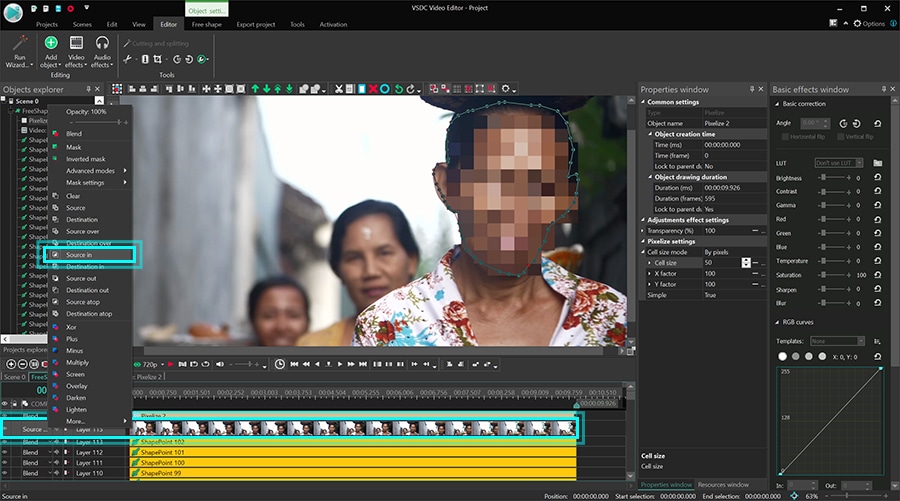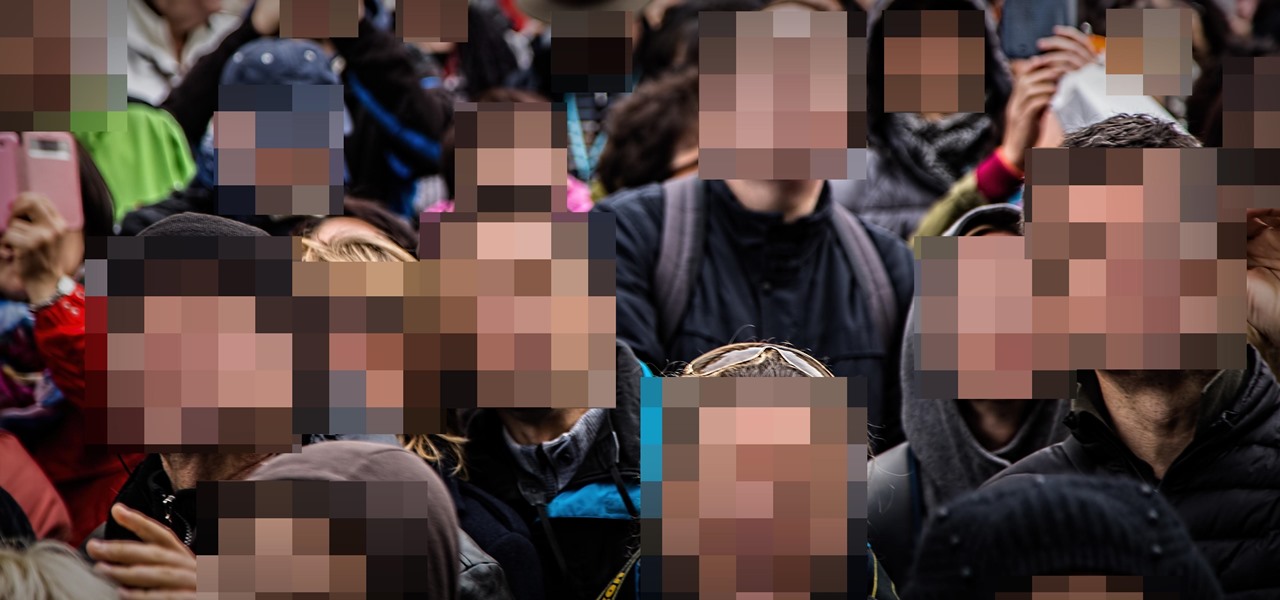

#How to blur a face in a video license
To hide sensitive information like license plates, logos, etc.To protect someone’s identity by blurring their face.A good blur can serve practical purposes as well as artistic ones, and discovering how you can use it best when you edit video is a powerful part of the post-production toolbox.Ī few of the most important and common reasons you’d need to apply blur to a video are: Because it’s a very useful effect, blur often appears more than necessary. To set the Fade-out area, click with the mouse in another place and press the button.Blur is one of the more common effects you see in videos, photos, and advertising. Therefore, the Fade-in area will be marked. To make the effect gradually appear and disappear in the video, click with the mouse within the blue bar shown in the figure below and press the button. Repeat this operation until you get an appropriate shape. To do that, click on a dashed border of the mask area - a new reshaping handle appears, then drag it as you want. The Polygon preset allows you to create a free-form area.Hover the mouse pointer over the area you want to move until it turns into a cross with arrows, hold the mouse button and drag the mask to a new position. Change the Rectangle or Ellipse mask position on the screen.

Adjust the blur area size by dragging the resize handles in the corners of the mask area.You can additionally modify the mask area: Areas outside of the applied mask remain unchanged.

To specify the blur area for any of the Blur effects, select the necessary preset from the Mask list: Rectangle, Ellipse, or Polygon (the None option is selected by default that allows to apply the effect to the entire image). If you do not want to apply the effect to an entire image, you can set the necessary part of the frame that the effect will be applied to. This parameter specifies how far the original pixels are shifted.


 0 kommentar(er)
0 kommentar(er)
